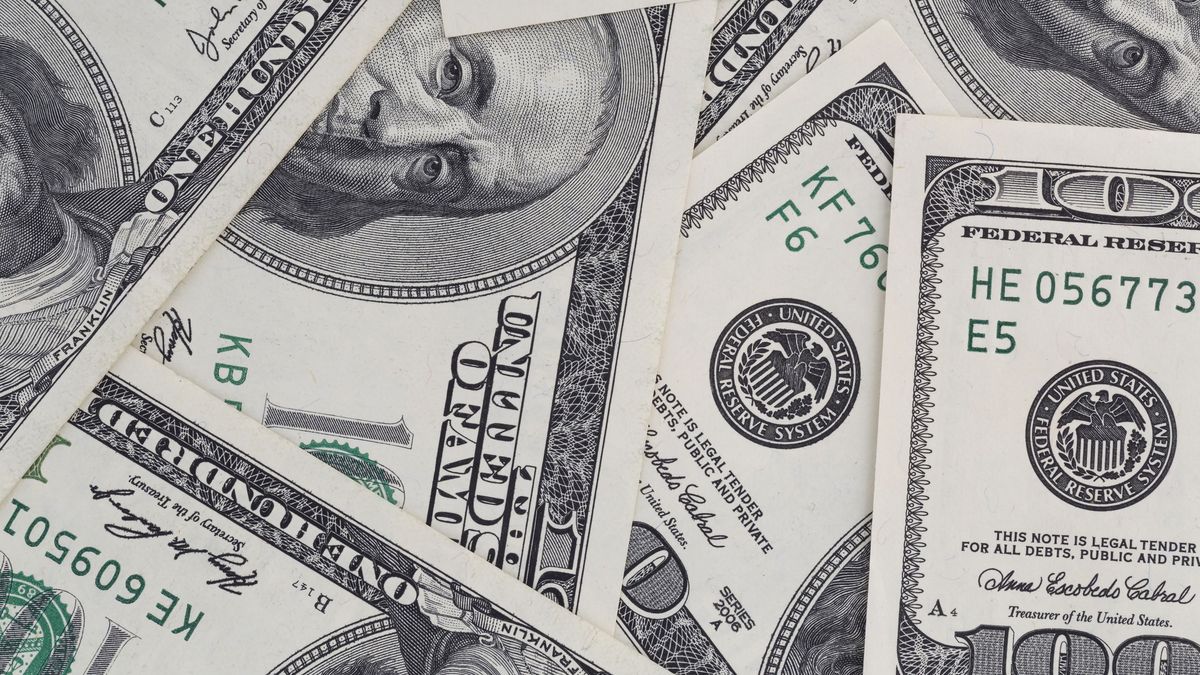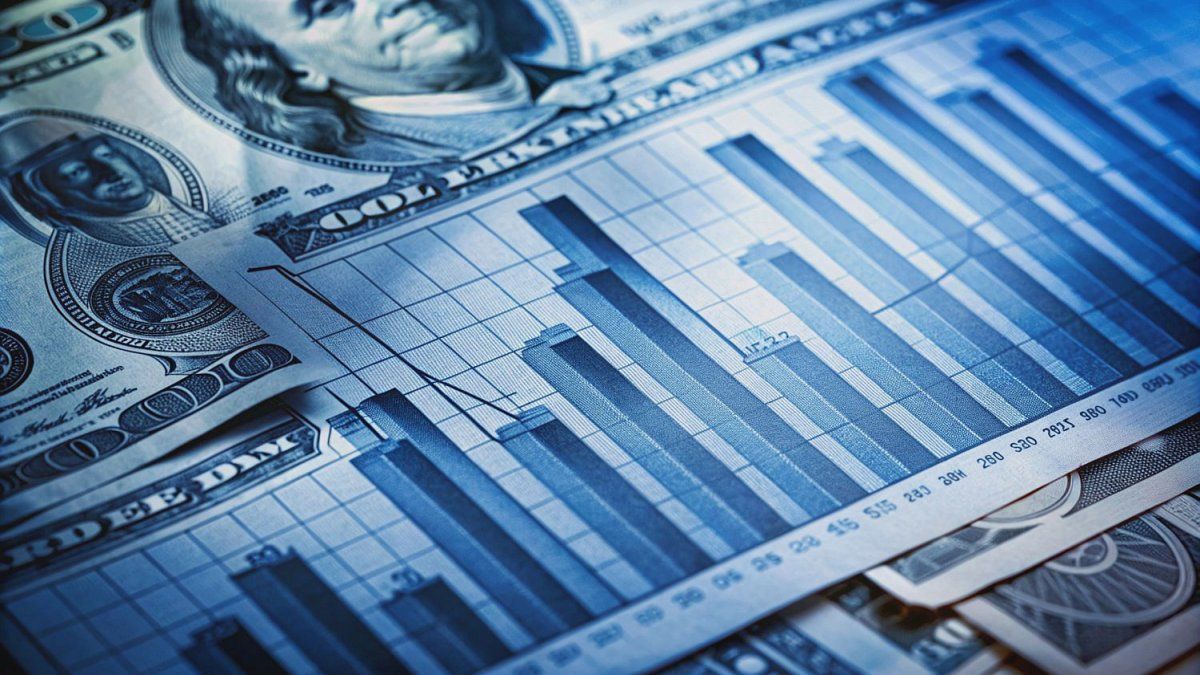He global dollar closed May with its first monthly drop of the year, when the rate outlook for the United States Federal Reserve (Fed) remains ambiguous due to mixed data: on the one hand, the inflation appears stabilized and, on the other hand, US economic growth in the first quarter was corrected downwards.
Official data showed on Thursday that the economy United States grew at an annualized rate of 1.3% between January and March, below the previous estimate of 1.6%, following downward revisions to consumer spending. The review maintains the Federal Reserve on track to cut rates at least once this year.
However, to inflation U.S. prices followed a sideways path in April, a worrying sign for the Fed that suggests the high pace of price increases could last longer than expected.
He price index of personal consumption expenditures (PCE) increased 0.3% last month, the Department of Commerce Office of Economic Analysis, in line with the unrevised increase in March. In the 12 months through April, the PCE rose 2.7%, after advancing 2.7% in March.
Depending on the tool FedWatch of CME Group, markets currently value the possibility of a first rate cut in September at 45%.
He dollar index fell 0.12% to 104.36, after hitting a two-week high on Thursday. The index, which measures the behavior of the US currency against six other currencies, closed May with a drop of 1.59%, its largest monthly loss since December.
He euro rose 0.13% to $1.0847. The data from inflation French, published on Friday, and German and Spanish, published this week, slightly exceeded forecasts.
The figures have not altered the markets’ view that the European Central Bank (ECB) will cut rates at its meeting next week. According to 82 economists surveyed by Reuters, an ECB rate cut on June 6 appears certain, with most forecasting further cuts in September and December.
On the other hand, the and in weakened 0.24% to 157.210 units per dollar, but was far from the four-week low reached this week, while the Ministry of Finance Japanese repeated his warnings about the excessive volatility of the currency.
Source: Ambito




